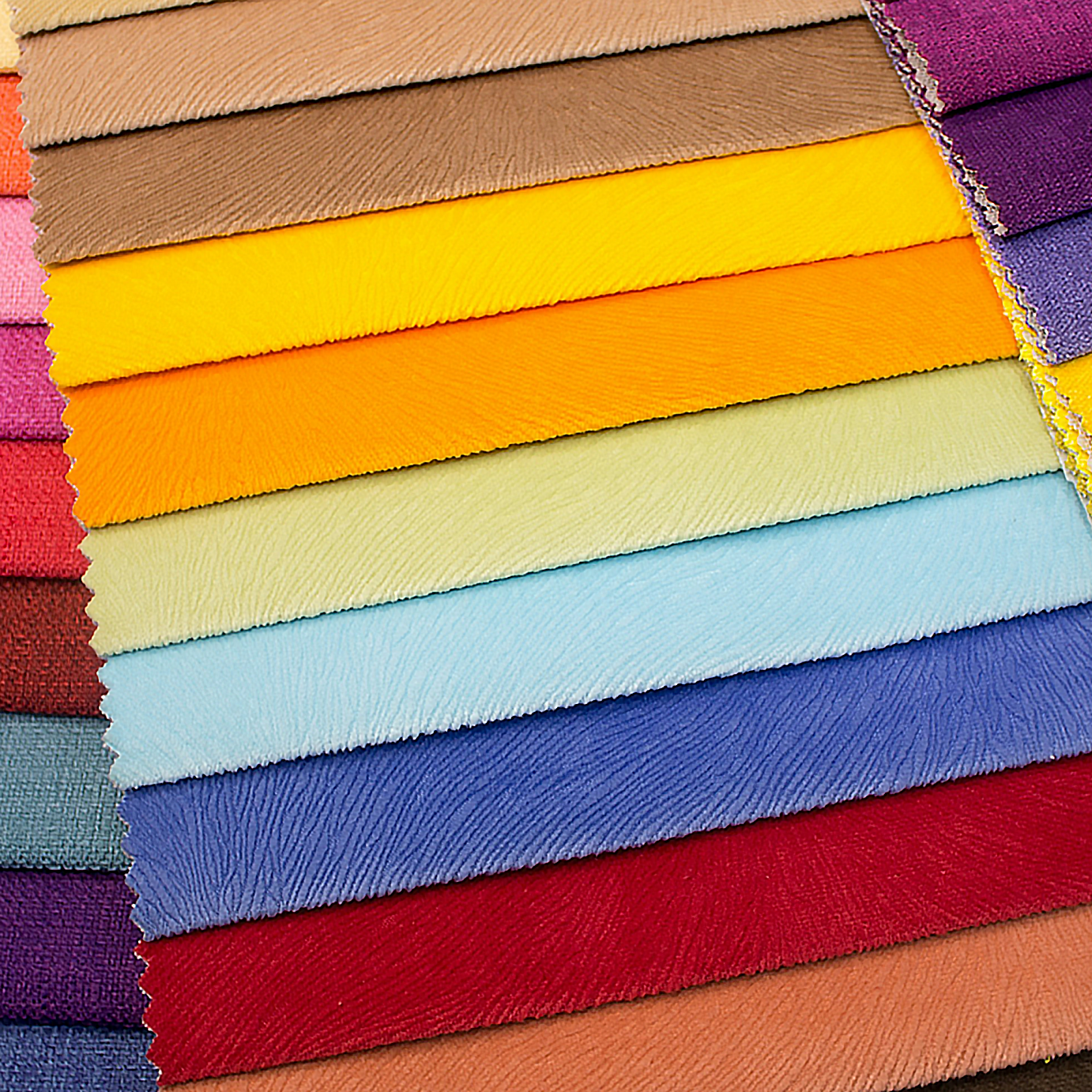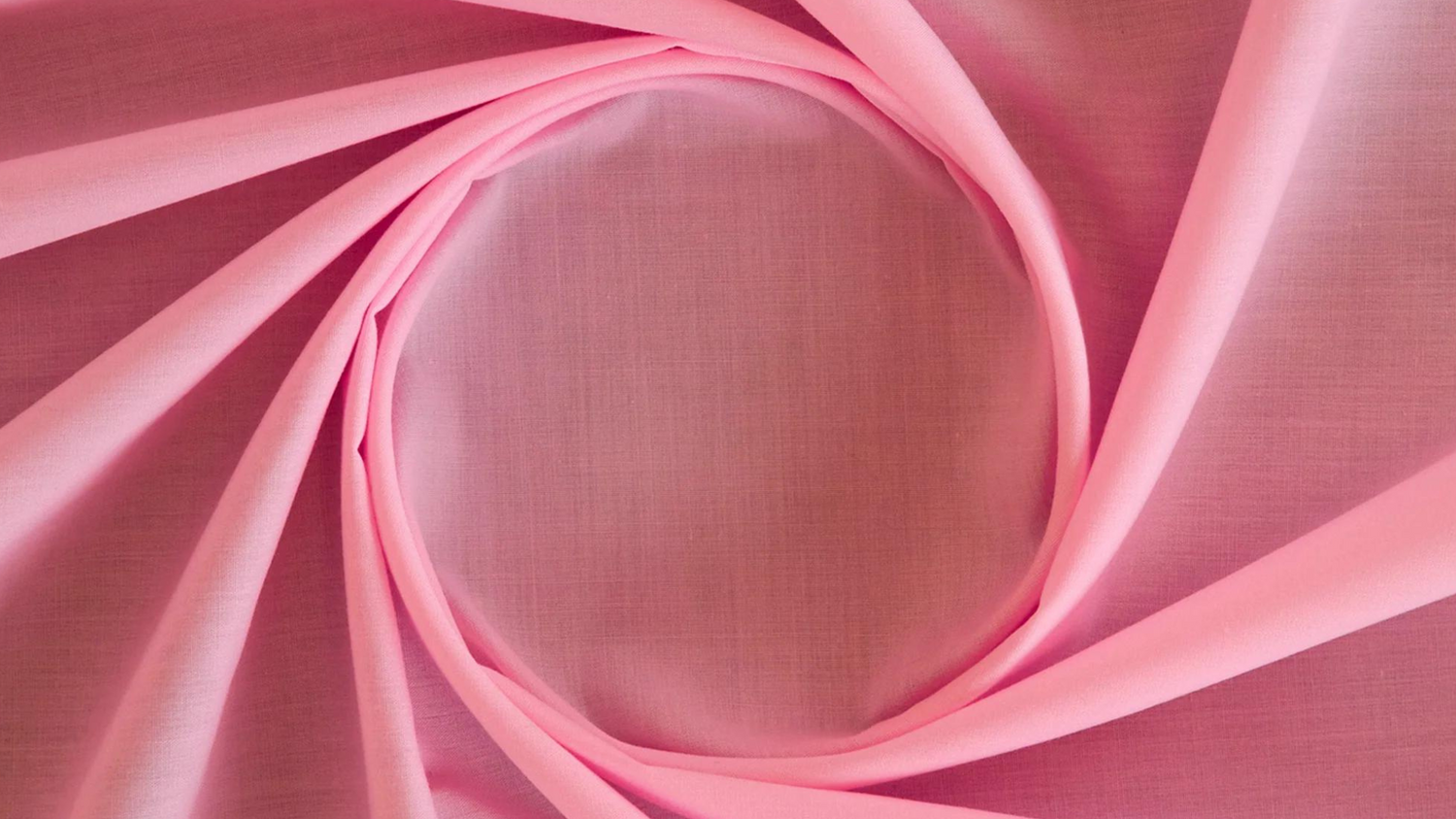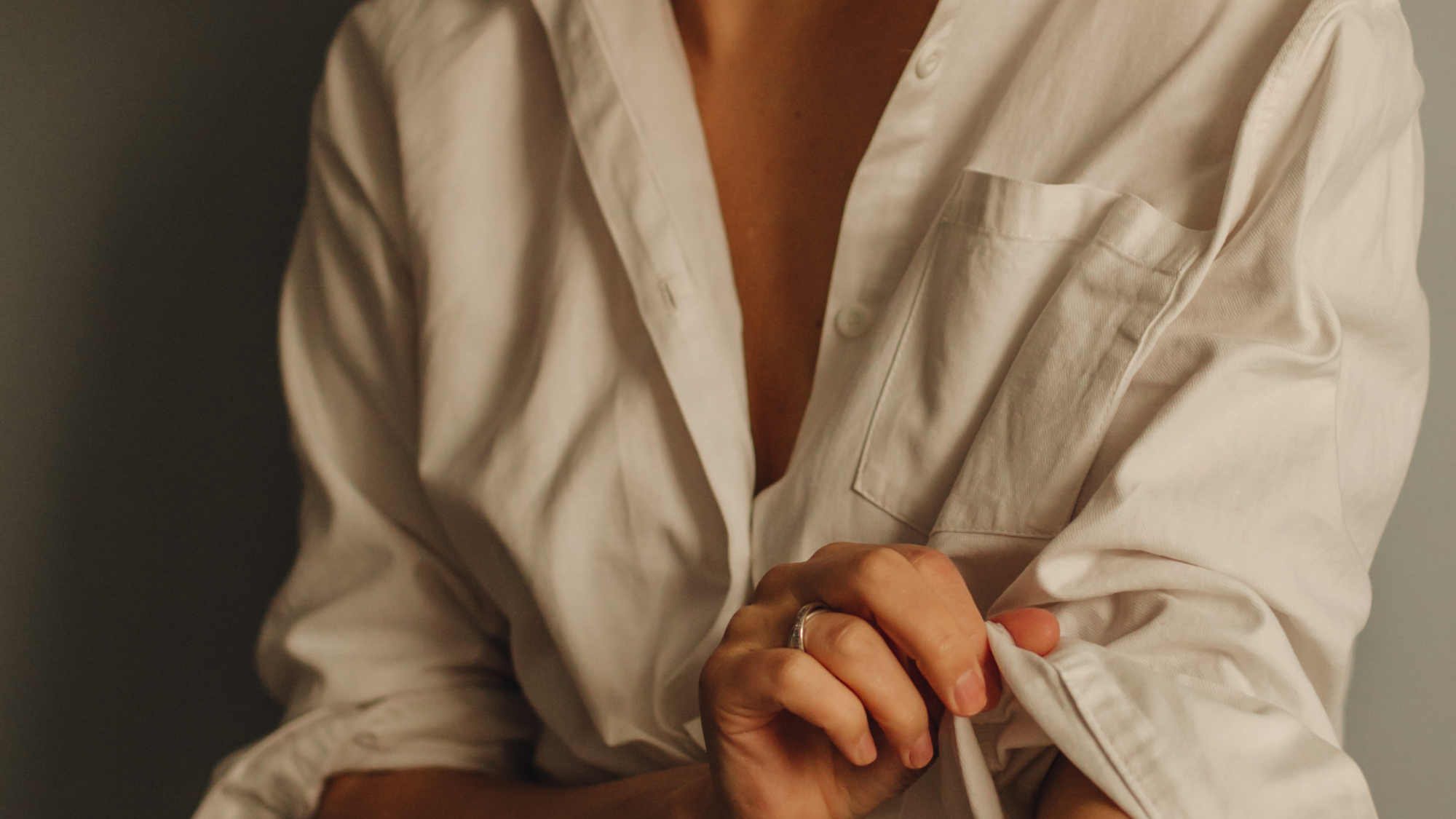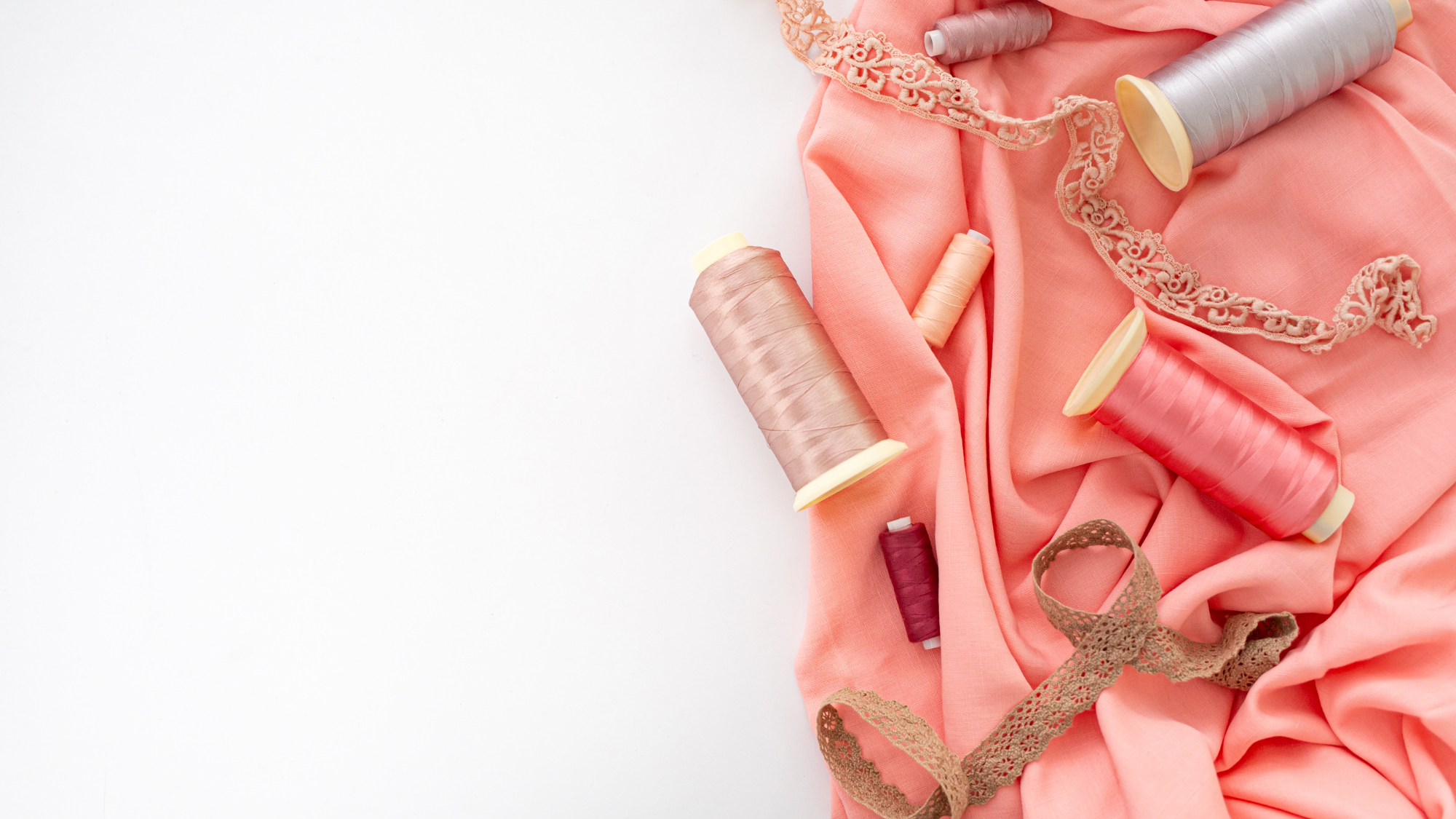
In the world of textiles, the term "broadcloth" comes up a lot. But what is broadcloth fabric exactly, and what are its uses and benefits? In this blog post we’ll explore broadcloth fabric, its origins, characteristics, and versatile uses in fashion, and beyond.
What is broadcloth fabric?
Broadcloth fabric is a tightly woven, plain-weave fabric with a fine texture. It is known for its smooth and uniform surface, making it a versatile and popular choice for a variety of sewing projects.
What is broadcloth fabric made of?
Broadcloth fabric can be made from various fiber types, including cotton, polyester, or blends of these and other materials. Cotton broadcloth is a common choice, known for its softness and breathability, while polyester broadcloth offers durability and resistance to wrinkles.
What do you use broadcloth fabric for?
Broadcloth fabric is used for a wide range of sewing projects. It's commonly employed for making dress shirts, blouses, skirts, and dresses. Due to its smooth and crisp appearance, it's also suitable for creating formal wear, like tuxedo shirts, as well as lightweight suits and ties. Additionally, broadcloth fabric is used in crafting, quilting, and home decor projects, such as tablecloths, pillowcases, and curtains.
What is the difference between broadcloth, poplin, and twill?
- Broadcloth: Broadcloth fabric is a tightly woven, lightweight, plain-weave fabric with a fine texture. It has a smooth and uniform surface.
- Poplin: Poplin is similar to broadcloth but is characterized by a slightly more pronounced ribbed texture due to its plain weave with crosswise ribs. Poplin is often used for dress shirts and blouses.
- Twill: Twill is a fabric with a distinct diagonal weave pattern. It's known for its durability and often has a heavier weight compared to broadcloth fabric and poplin. Twill fabrics include denim and chino fabrics.
Is broadcloth fabric comfortable?
Broadcloth is generally comfortable to wear, especially when made from natural fibers like cotton. It is lightweight, breathable, and has a smooth, soft texture against the skin. However, the comfort also depends on factors like the specific type of fiber, fabric weight, and personal preferences.

Zelouf Hailey Cotton Broadcloth in Bluebell
What is the texture of broadcloth fabric?
Broadcloth fabric has a smooth and fine texture. It is known for its lack of pronounced texture or pattern, which gives it a clean and crisp appearance.
Does broadcloth fabric wrinkle?
Broadcloth fabric made from cotton is prone to wrinkling, especially if it's 100% cotton. However, polyester-blend broadcloth is less likely to wrinkle and may require less ironing. To minimize wrinkles, consider using a fabric conditioner or ironing with a steam setting.
Care instructions for broadcloth fabric:
The care instructions for broadcloth fabric may vary depending on the specific fabric content, so it's important to check the care label on the fabric or garment. However, here are some general care tips for broadcloth fabric:
- Machine wash in cold or lukewarm water.
- Use a gentle or delicate cycle.
- Avoid using bleach, which can weaken the fibers and cause yellowing.
- Tumble dry on a low heat setting or hang to air dry to reduce the risk of shrinking and wrinkling.
- Iron on a low to medium heat setting, using steam to remove wrinkles if needed.
Always follow the care instructions provided by the fabric manufacturer or the garment label to ensure the best care for your specific broadcloth fabric.




